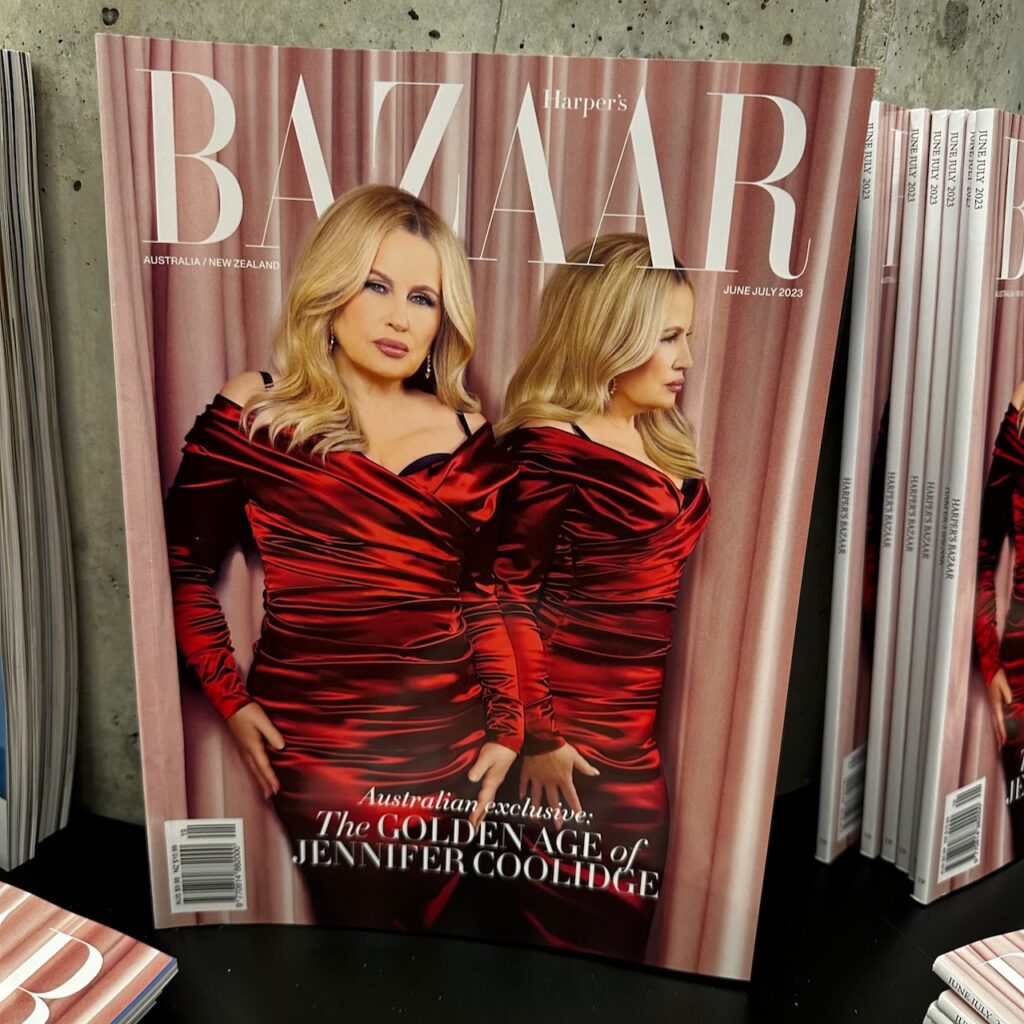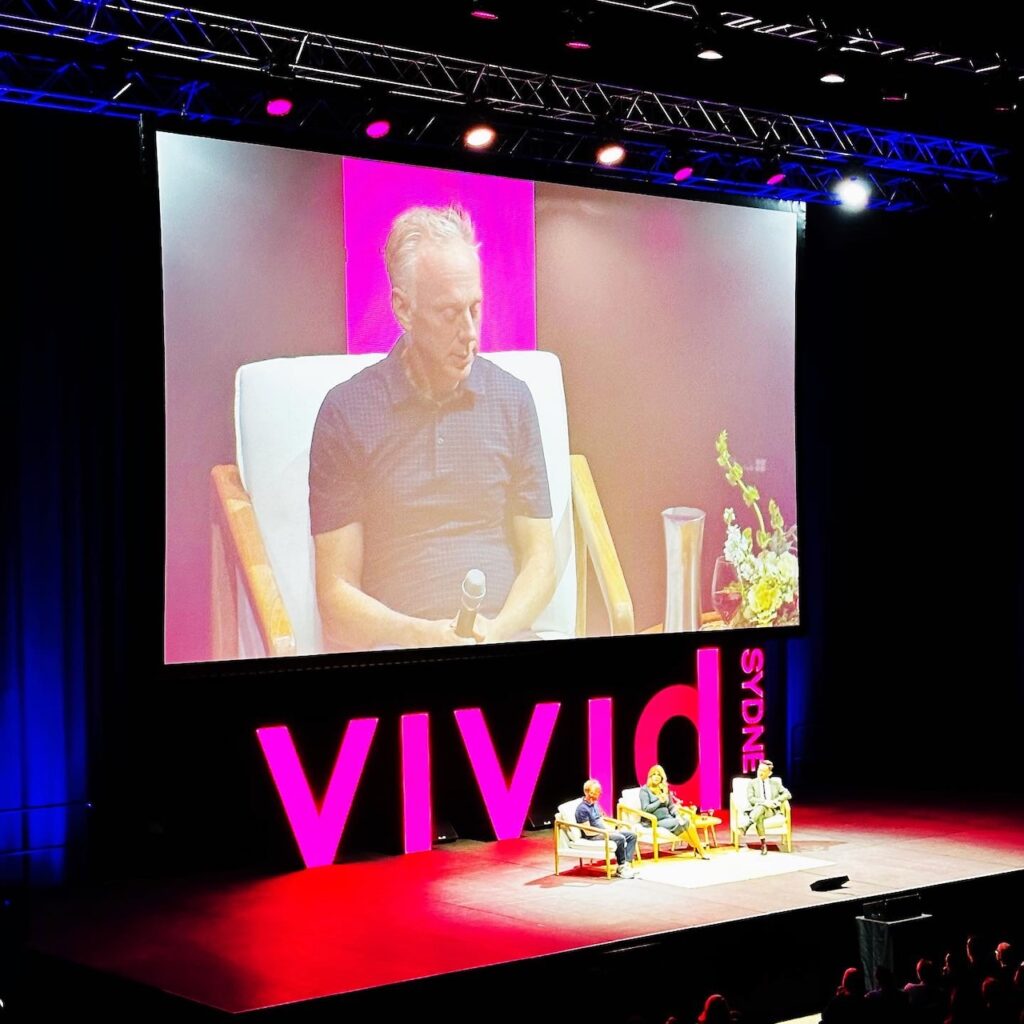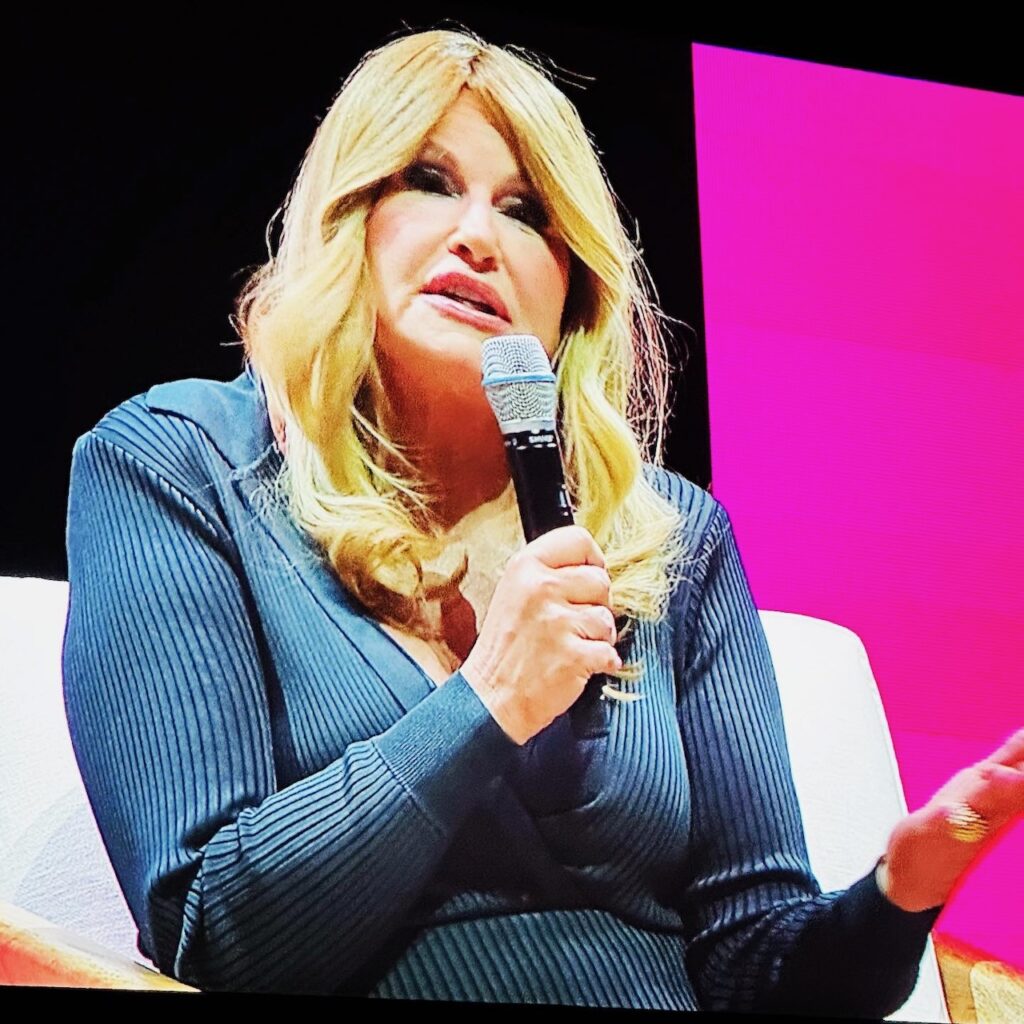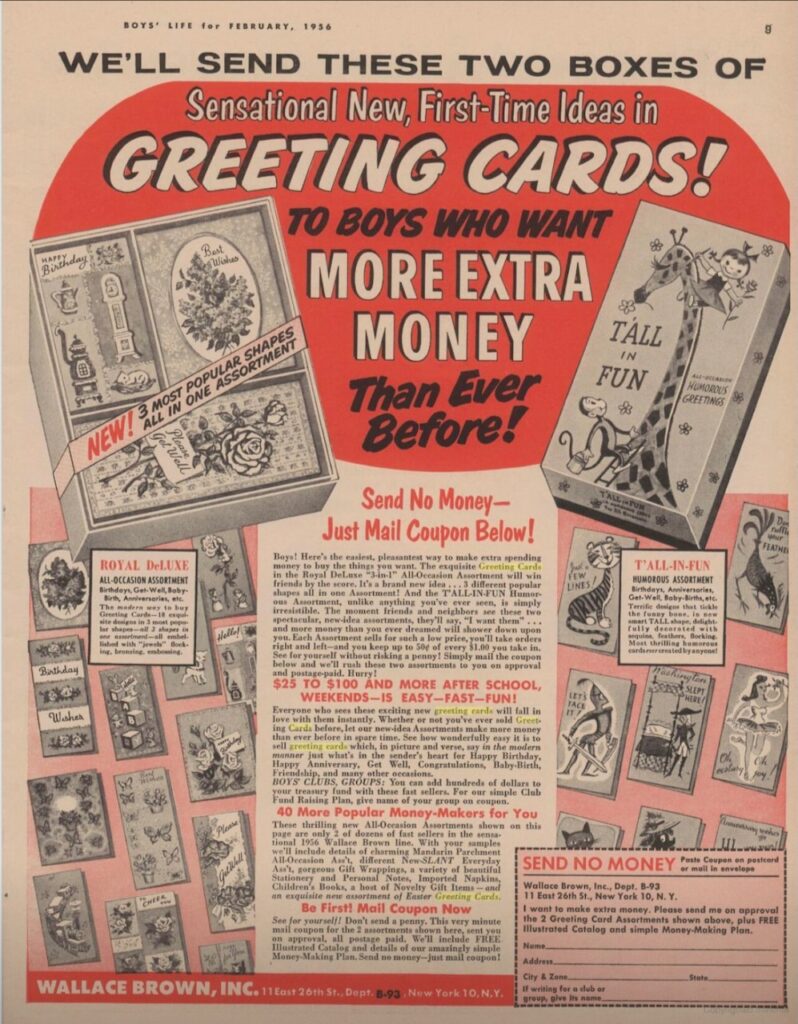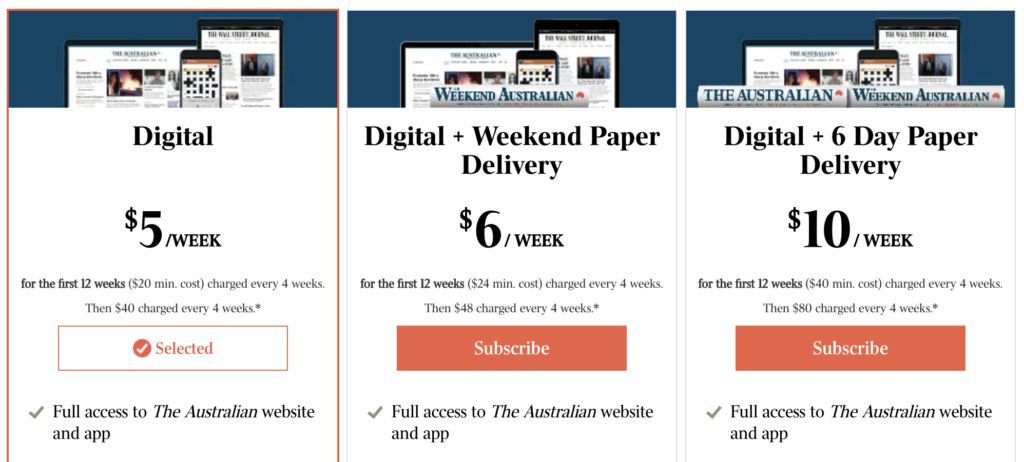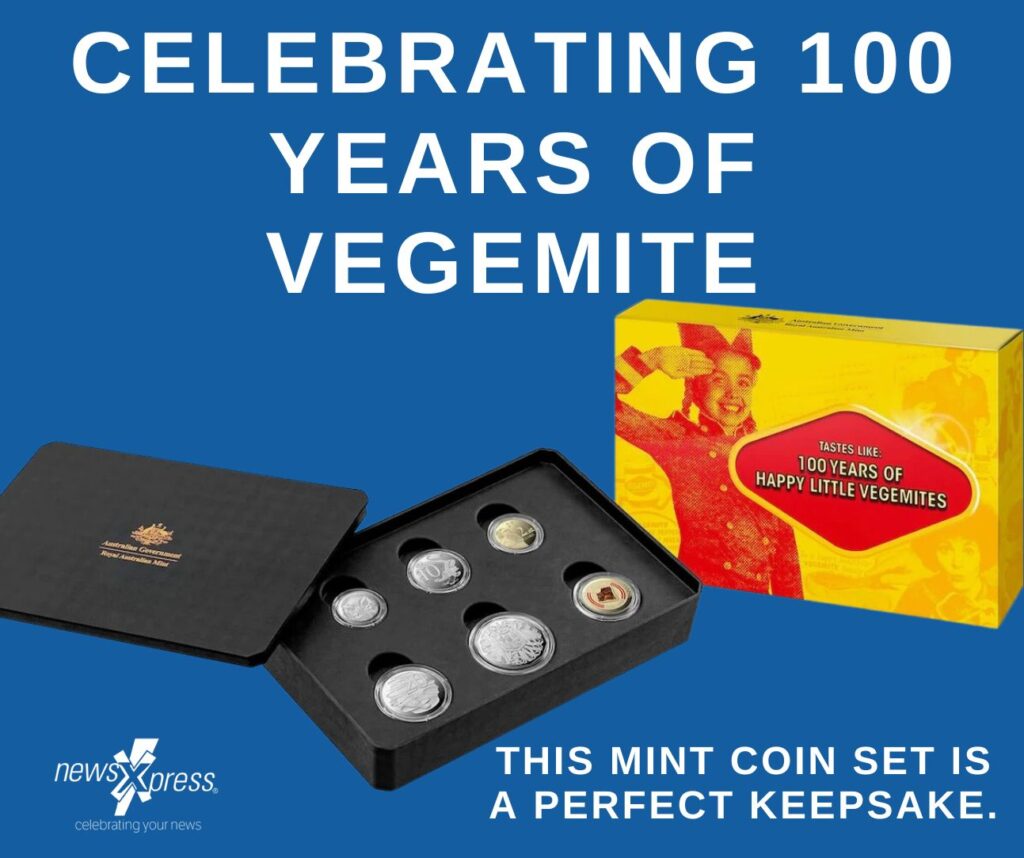In his 1960 book, Reality in Advertising, Rosser Reeves, a respected US advertising executive, introduced the world to the concept of the Unique Selling Proposition, USP for short.
Reeves defined USP in an advertising context:
- Each advertisement must make a proposition to the consumer: buy this product and you will get this benefit.
- The proposition must be one that the competition either cannot or does not
- The proposition must be so strong that it changes consumer behaviour.
In the 1960s and 1970s, the concept of a unique selling proposition evolved from being essential to advertising to being essential in business. Finding your business USP was considered mission critical to businesses, retailers especially. Businesses drifted however and forgot about the importance of a USP.
Today, it is common to see ads with we will not be beaten on price or if you find it cheaper elsewhere we will sell for 5% (or more) less. These pitches are from lazy marketers who think price is the most important USP and while it is a factor to some shoppers, value is often about much more than price.
Jack Trout told us a few years ago that USP was relevant today. In 2000, he said that a Unique Selling Proposition was mission critical in business in his aptly titled book Differentiate or Die: Survival in Our Era of Killer Competition.
Differentiate of Die. There is no doubt about the call to action in the title, no doubt about the consequences of inaction.
Yet many retailers, for the most part, have remained still in the face of an onslaught of competition. Some newsagents have remained still.
Retail is complex, challenging and changing rapidly today. The differences between competitors fewer. Retailers are surrounded by competition and it grows by the day. Yet many have remained still and done nothing.
Our channel continues to be confronted by the migration to digital, more local retail competitors and online shops selling what we sell. Those who have stood still feel the impact more than others.
Smart retailers are re-acquainting themselves with the writings of Reeves and Trout and leaning about the mission critical imperative of having a Unique Selling Proposition.
Differentiation could be service, products or location or a combination of these. Differentiation will most likely not be price as anyone can match this easily. Price is, after all, the last line of defense in any business battle. That said, there are some major price-focused success stories – WalMart for example. It is rare in an independent retail situation.
To develop your USP, engage with your employees and other stakeholders. or, do it yourself with your own deep dive into what you want your business to stand for. This is leadership. Take your time. Determine what you and your business stand for. Following open and honest discussion and debate, the USP around which everyone in the business can willingly congregate will emerge.
A good USP will not require an advertising campaign to communicate. It will become obvious through actions and decisions. By living the USP in every facet of the business you soon become seen as unique by shoppers and this can drive excellent word of mouth and success for the business.
While differentiation in retail is more important today than ever thanks to today’s economic conditions, the approach to the challenge is the same as in the 1960s.
If you are not sure where to start when considering your USP, look at your POS software and the data it curates about your business for in that data will be insights into your points of differences things you can cultivate to have a stronger USP.
Your POS software is a good place to start as your shoppers show you through their behaviour what they like and don’t like about your business.
No one can tell you what your USP should be. It has to come from you, from inside your business. It has to reflect what you believe, how you want your business to be seen and known.
Here are some things that are not a USP.
- Convenience is not a USP.
- Opening hours are not the USP they once were.
- Agency products like lotteries are not a USP.
- Magazine range could be a USP as many have moved on from deep range cover.
- Price is not a USP.
And while we are considering lists, here are some less than ideal things in business that could be a USP – note the strikethrough the S as they are not selling propositions but, rather, customer turnoffs that a retail business could become known for (in a bad way):
- Poor customer service.
- High prices.
- An EFTPOS surcharge.
- Poor range.
- Bad opening hours.
- Poor counter processes.
Here’s another list of some easy USPs:
- Local community connection.
- Community group support.
- Product range.
- Product knowledge.
- Fun in-store.
- Quality products.
- Value.
- Appreciation of shoppers (loyalty).
It can be tough coming up with something genuinely unique. But, once you have it, it can be worth the work.
Take your time. Do it yourself. Be the leader your business will love.
